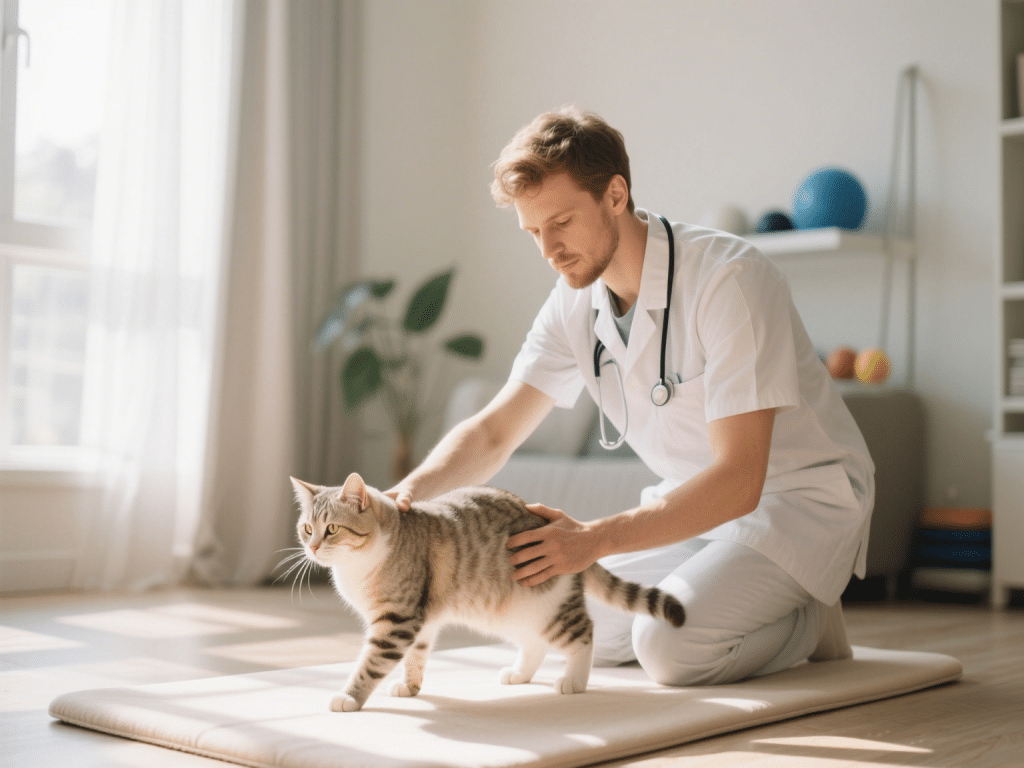
As a veteran cat care blogger and feline physiotherapy advocate, I’ve worked with dozens of senior cats struggling with stiffness and reduced mobility. Today, I’m sharing a comprehensive guide that combines gentle exercises with targeted supplements to help your aging cat move with comfort and confidence.
1. Why Mobility Matters in Senior Cats
Cats over eight years often develop osteoarthritis or muscle atrophy. Maintaining mobility enhances their quality of life, supports healthy weight, and reduces pain-related behaviors such as hiding or reduced grooming.
2. Gentle Range-of-Motion Exercises
Hind-Leg Stretches: Gently extend one hind leg at a time, holding for 5 seconds. Repeat 5 times per side while speaking in a calm, reassuring tone.
Climbing Encouragement: Place low ramps or steps (2–3 inches high) near favorite resting spots to stimulate natural stretching and muscle use.
Interactive Wand Play: Use a feather wand at floor level, moving it slowly to encourage walking and reaching without high jumps.
Experience Tip: Start with two short sessions (3 minutes each) daily, gradually increasing by one minute per week based on your cat’s tolerance.
3. Key Joint Supplements
Glucosamine & Chondroitin: Widely studied; supports cartilage repair. Typical dose: 20 mg glucosamine per lb body weight, once daily.
MSM (Methylsulfonylmethane): Reduces inflammation; often combined with glucosamine in formulations.
Omega-3 Fatty Acids: EPA and DHA from fish oil reduce joint swelling and improve coat—5 mg EPA per lb body weight.
Authoritative Insight: A 2021 feline arthritis study showed cats receiving combined glucosamine-MS M saw a 30% increase in activity levels over 8 weeks.
4. Environmental Adaptations
Non-Slip Flooring: Add area rugs or rubber mats to prevent slipping during exercises.
Low-Sided Litter Boxes: High sides can be painful; choose boxes with low entry for easy access.
Orthopedic Bedding: Memory-foam beds relieve pressure on aching joints; position near sunny windows to encourage rest.
5. Monitoring Progress & Adjustments
Mobility Diary: Record daily activity, noting how many minutes spent exercising and any reluctance.
Weight Management: Keep your cat at a healthy weight—each extra pound adds stress to joints.
Veterinary Check-Ins: Schedule rechecks every 3 months. Discuss adjustments to dosage and exercise intensity.
By combining low-impact exercises, targeted supplements, and thoughtful environmental changes, you can significantly enhance your senior cat’s mobility and wellbeing. Always introduce new activities gradually and consult your veterinarian before starting any supplement regimen.

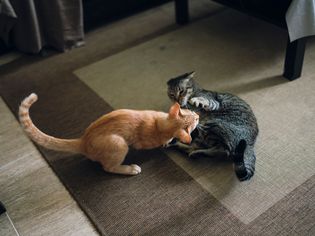
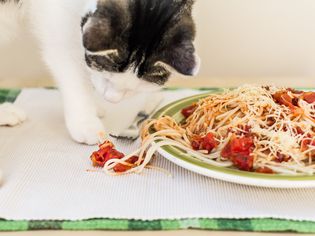
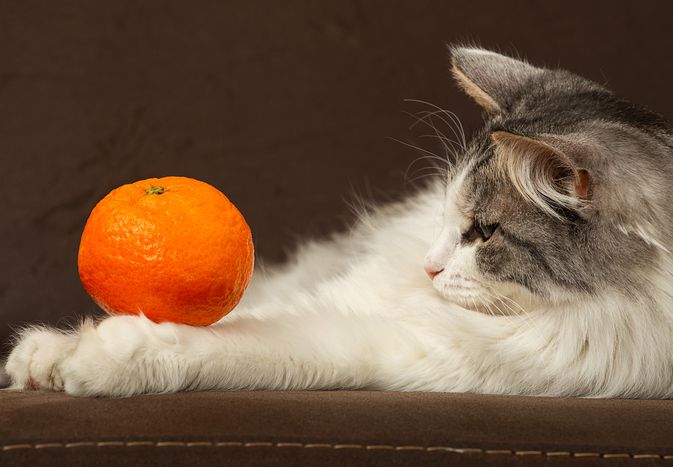
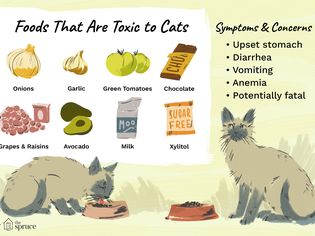
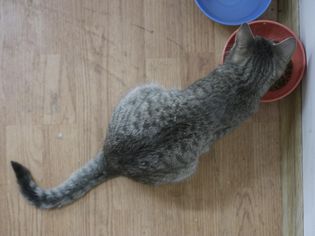
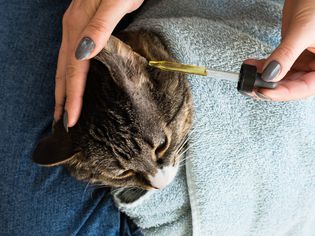
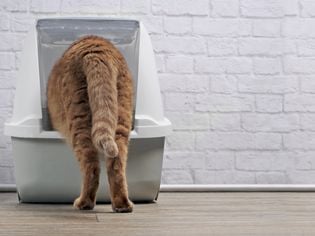
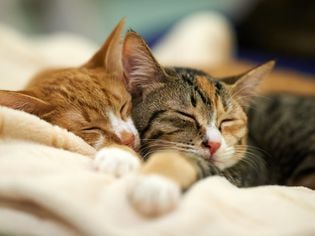
Comments on " Understanding Senior Cat Mobility: Exercises and Supplements" :